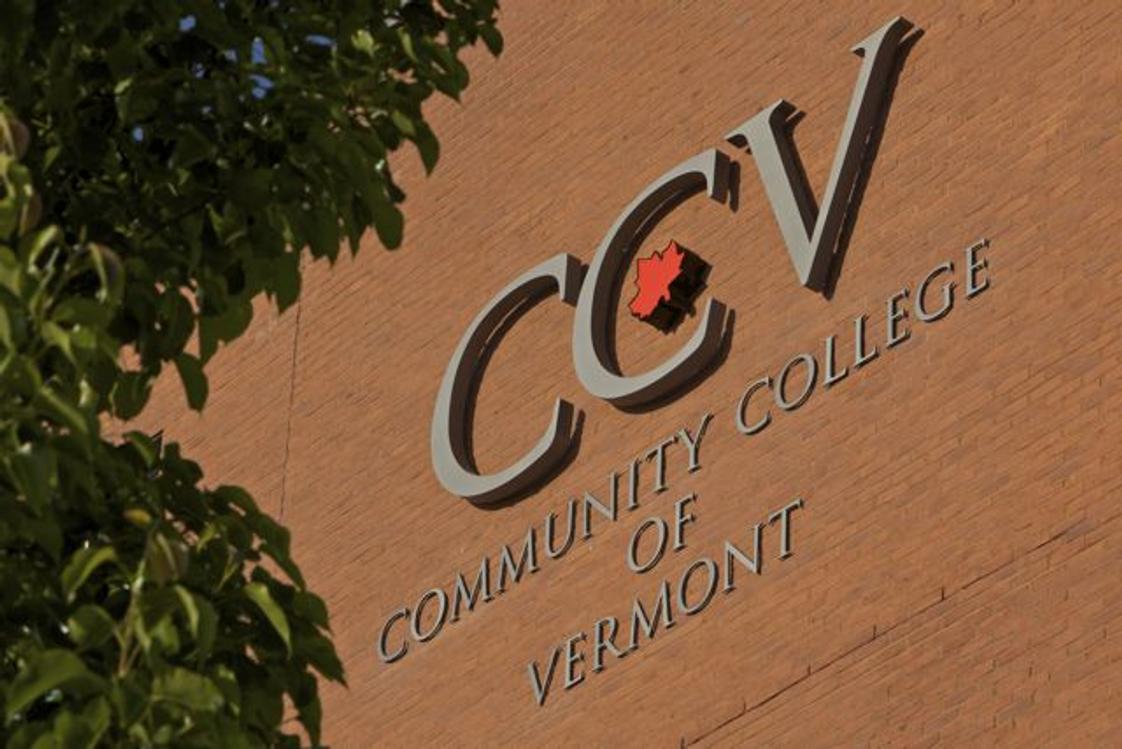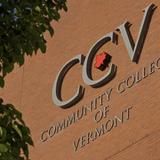For the 2025-26 school year, there are 5 community colleges serving 24,307 students in Vermont (4 public colleges and 1 private colleges).
The average tuition for community colleges in Vermont is approximately $6,570 per year for in-state students and $12,134 for out-of-state students. For private community colleges, the average yearly tuition is approximately $38,857 per year (view national tuition costs).
The top-ranked community colleges in California include Landmark College. The average community college acceptance rate in Vermont is 71% (compared to national acceptance rates).
Minority enrollment is 22%, with the majority being Hispanic or Black and the student-teacher ratio is 16:1.
Top Ranked Vermont Community Colleges (2025-26)
College
Location
Quick Facts
Landmark College
Public
19 River Rd South
Putney, VT 05346
(802) 387-6700
Putney, VT 05346
(802) 387-6700
Enrollment: 1,071 student Student-teacher ratio: 5:1 Acceptance rate: 53% In-state tuition: $50,080 Out-state tuition: $50,080 Minority enrollment: 32%
Champlain College
Private not-for-profit
163 S Willard St
Burlington, VT 05401
(802) 860-2700
Burlington, VT 05401
(802) 860-2700
Enrollment: 4,781 students Student-teacher ratio: 10:1 Acceptance rate: 62% Private-state tuition: $33,000 Minority enrollment: 35%
660 Elm Street
Montpelier, VT 05602
(802) 828-2800
Montpelier, VT 05602
(802) 828-2800
Enrollment: 10,800 students Student-teacher ratio: 22:1 Acceptance rate: 85% In-state tuition: $280 Out-state tuition: $560 Minority enrollment: 18%
Sterling College
Public
16 Sterling Drive
Craftsbury Common, VT 05827
(802) 586-7711
Craftsbury Common, VT 05827
(802) 586-7711
Enrollment: 115 students Student-teacher ratio: 3:1 Acceptance rate: 100% In-state tuition: $33,492 Out-state tuition: $33,492 Minority enrollment: 55%
Vermont State University
Public
124 Admin Drive
Randolph, VT 05061
(802) 224-3000
Randolph, VT 05061
(802) 224-3000
Enrollment: 7,540 students Student-teacher ratio: 28:1 Acceptance rate: 56% In-state tuition: $12,860 Out-state tuition: $23,708 Minority enrollment: 19%
Community Colleges in Vermont (Closed)
School
Location
Quick Facts
New England Culinary Institute (Closed 2024)
Private for-profit
62 Ridge Street, 2nd Floor
Montpelier, VT 05602
(802) 327-0287
Montpelier, VT 05602
(802) 327-0287
Enrollment: 22 students Student-teacher ratio: 2:1 Minority enrollment: 46%
Overview
This State (VT)
Total Faculty
270 staff
Number of Programs Offered
38
Student Body
Total Enrollment
4,144 students
Student-Teacher Ratio
16:1
# Full-Time Students
1,924 students
# Part-Time Students
2,220 students
# Enrollment Undergraduate
393 students
# Full-Time Undergraduate Students
2,528 students
# Full-Time Graduate Students
33 students
# Part-Time Undergraduate Students
512 students
# Part-Time Graduate Students
129 students
Total Dormitory Capacity
510 students
% American Indian/Alaskan
n/a
% Asian
2%
% Hispanic
5%
% Black
4%
% White
78%
% Hawaiian
n/a
% Two or more races
4%
% Non Resident races
1%
% Unknown races
6%
Diversity Score
0.38
College Completion Rate (Students who graduate in less than 4 years)
24%
College Completion Rate (Students who graduate in 4 years or more than 4 years)
34%
Average Graduate Earnings (10 Years)
$30,700
Tuition and Acceptance Rate
In-State Tuition Fees
$6,570
Out-State Tuition Fees
$12,134
Private State Tuition Fees
$38,857
% Students Receiving Some Financial Aid
99%
Median Debt for Graduates
$19,042
Median Debt for Dropouts
$5,500
Acceptance Rate
62%
SAT Total Avg.
1,375
SAT Reading
455
SAT Math
485
SAT Writing
435
ACT Total Avg.
61
ACT Composite
21
ACT English
19
ACT Math
21
ACT Writing (Year 2012)
7
Frequently Asked Questions
How many community colleges are located in Vermont?
There are 5 community colleges serving 24,307 students in Vermont.
How much do community colleges cost in Vermont?
The average tuition for community colleges in Vermont is approximately $6,570 per year for in-state students and $12,134 for out-of-state students. For private community colleges, the average yearly tuition is approximately $38,857.
What are the top ranked community colleges in Vermont?
The top-ranked community colleges in Vermont include Landmark College.
What is community college acceptance rate in Vermont?
The average community college acceptance rate in Vermont is 71% (compared to national acceptance rates).
What is community college diversity score in Vermont?
Community colleges in Vermont have a diversity score of 0.38, which is lower than the national average of 0.74 (compared to national diversity statistics).
How diverse are community college in Vermont?
Community colleges in Vermont have approximately 22% minority enrollment, with the majority being Hispanic or Black.
Recent Articles

How to Transfer from Community College to a Four-Year University in 2025
A step-by-step guide for community college students transferring to a four-year university in 2025 — updated strategies, data and expert insights.

Scholarships for Community College Students 2025
Explore updated scholarship programs, tuition data, and expert strategies for community college students in 2025.

The Rise of Technical and Vocational Training in 2025
Explore the 2025 surge in technical and vocational training—enrollment, policy, costs, and why this path is gaining ground for students and parents.









